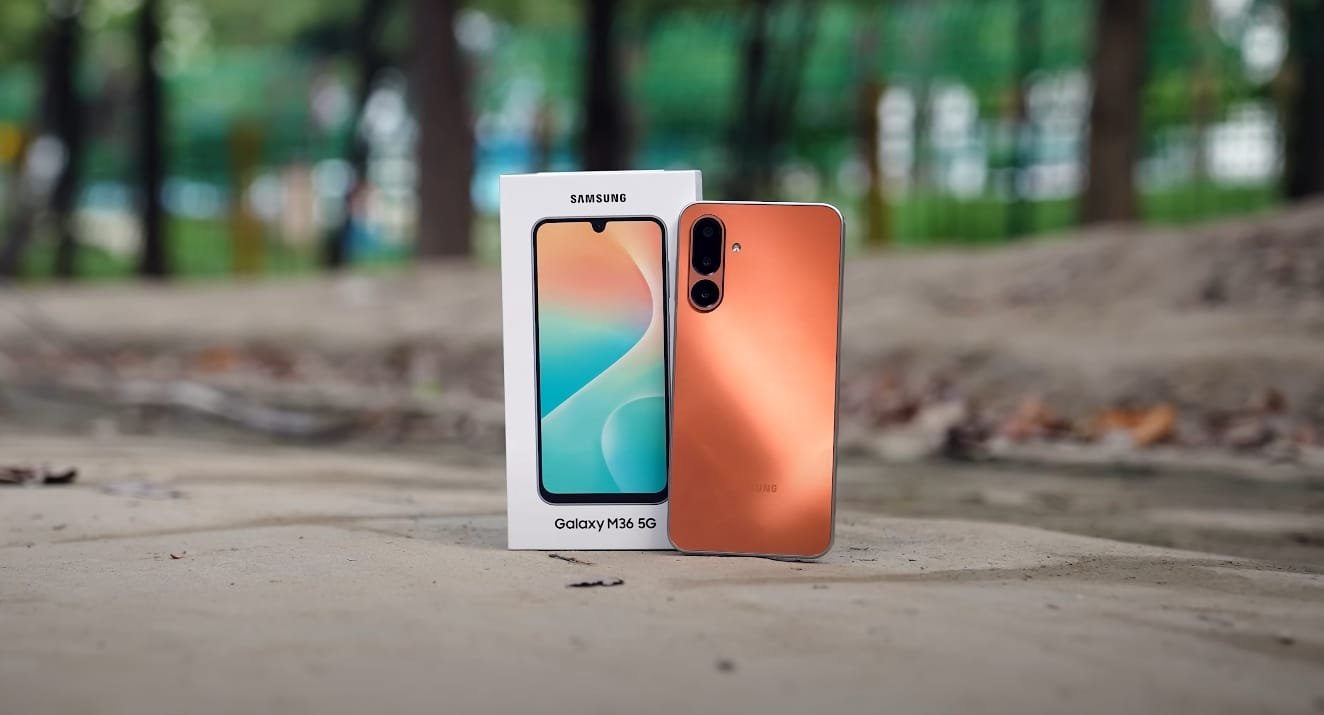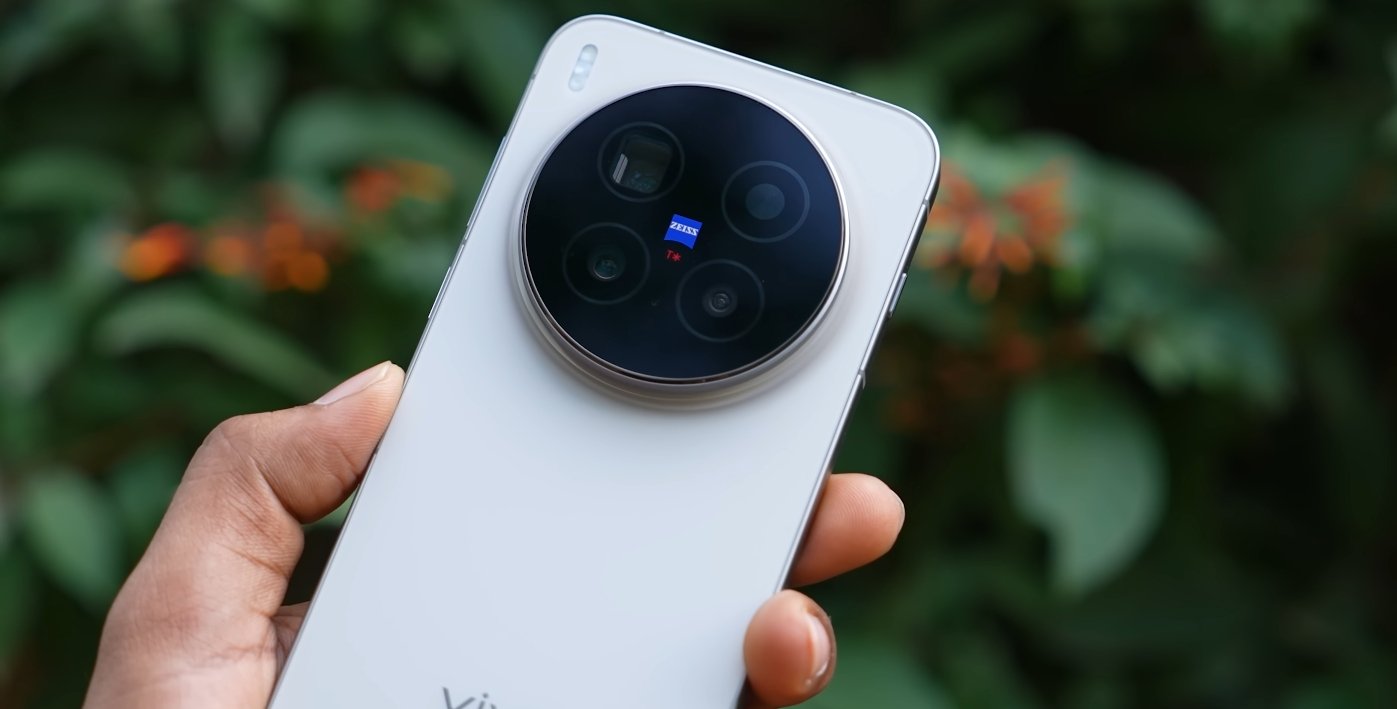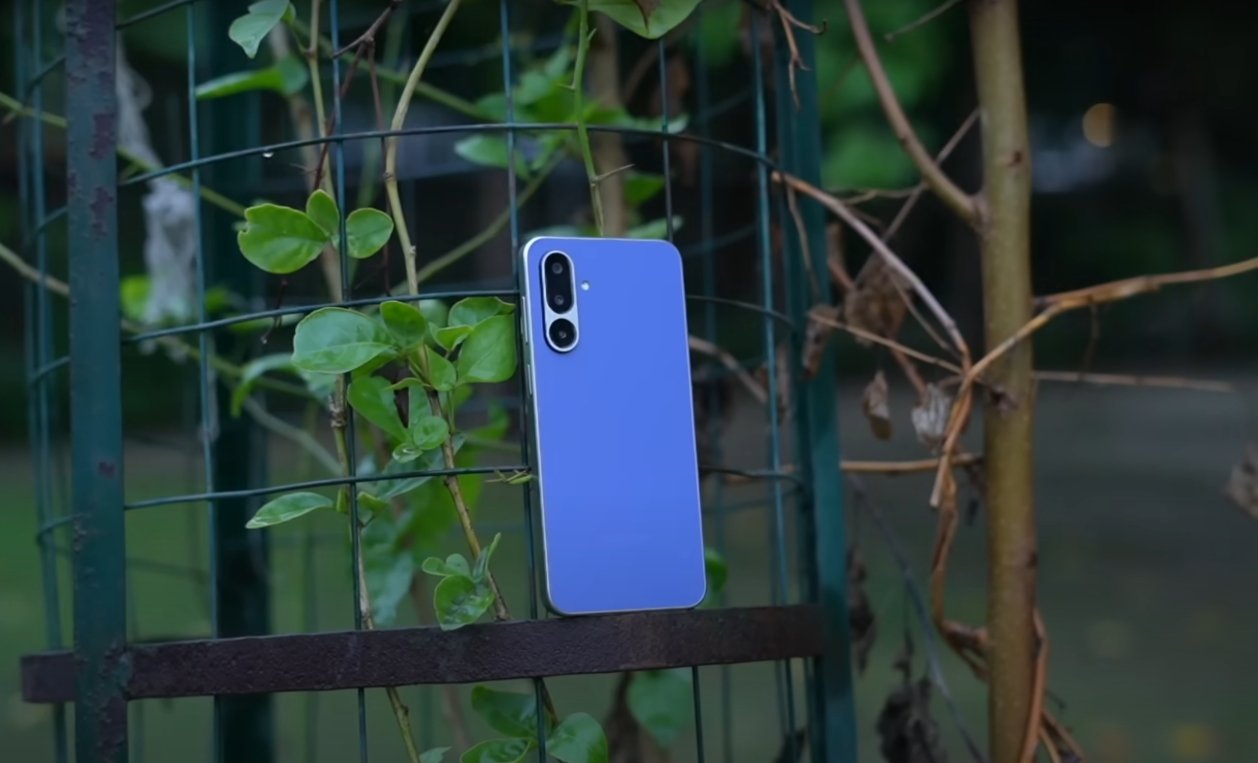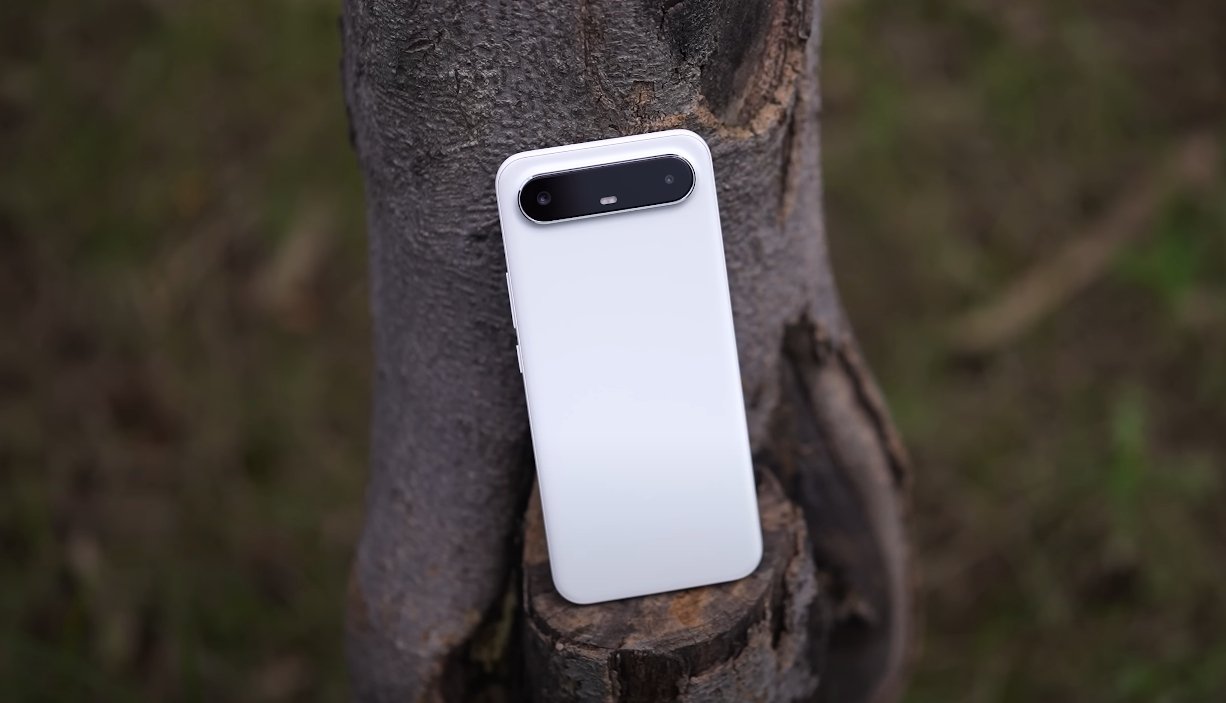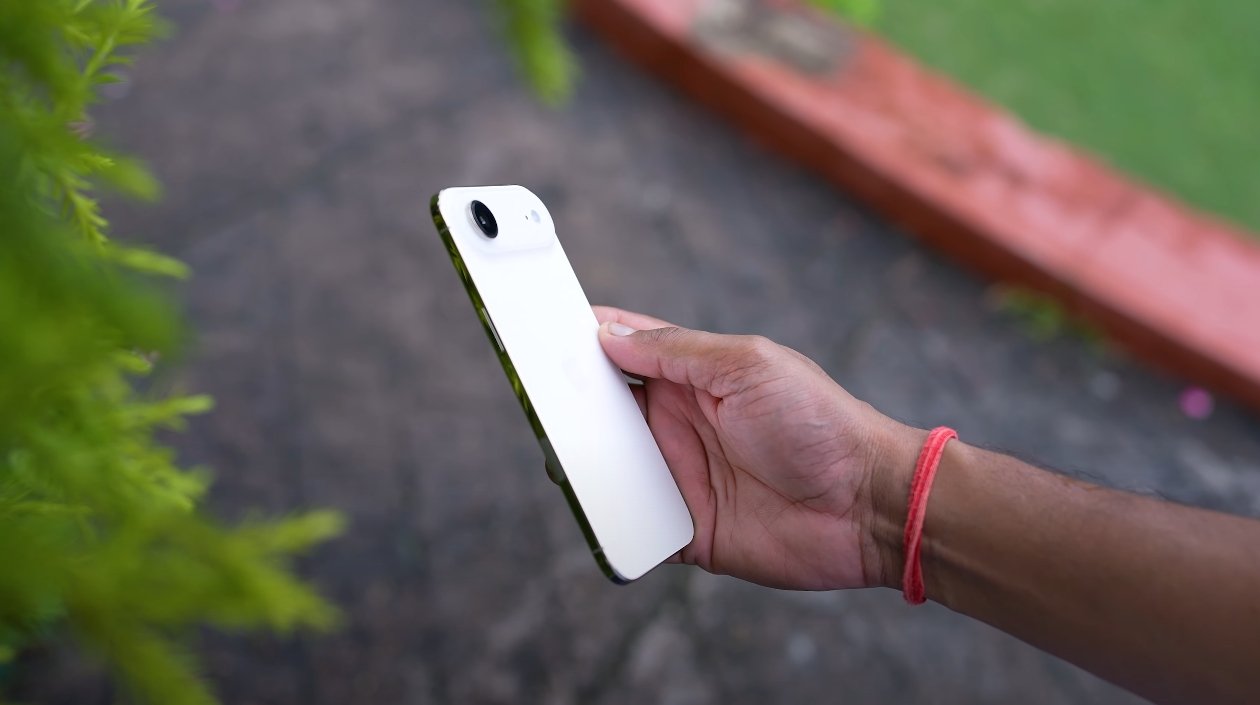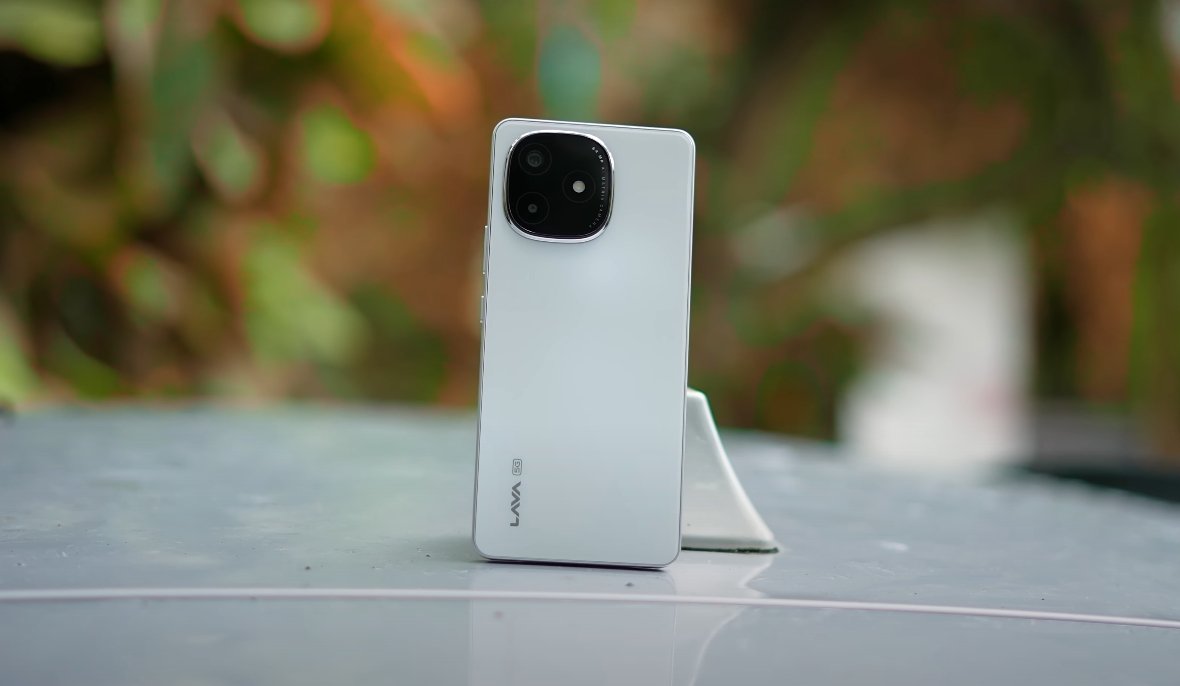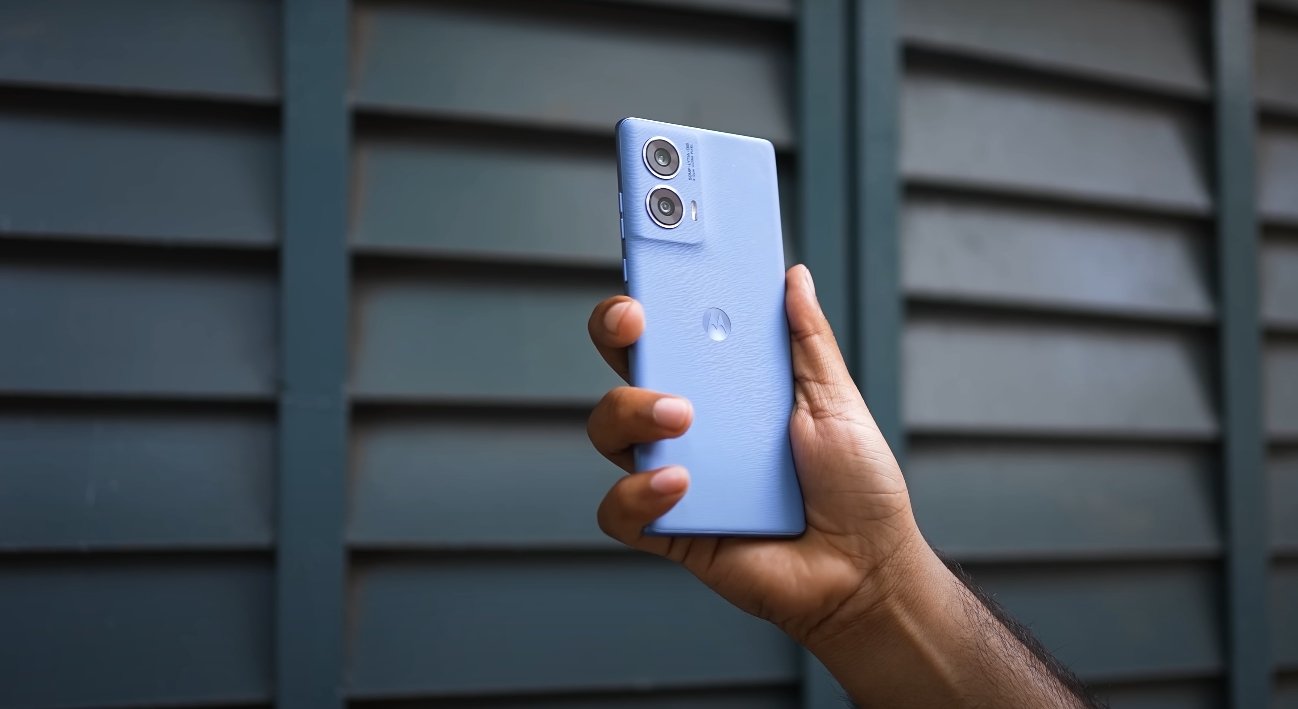Camera Performance Comparison: Nothing Phone 3A Lite vs Pixel 8
The Nothing Phone 3A Lite introduces an accessible yet modern camera system aimed at delivering reliable everyday photography. Its main camera focuses on capturing detailed daylight shots with accurate colors and moderate dynamic range. The secondary sensor assists with portrait and depth effects, while AI-driven software enhancements improve low-light performance. The front-facing camera supports clear selfies and video calls, making the device suitable for casual photography users.
The Pixel 8, in contrast, continues Google’s emphasis on computational photography. Its primary sensor combines hardware capabilities with advanced software processing to deliver exceptional clarity, accurate colors, and strong dynamic range across all lighting conditions. The ultra-wide and telephoto lenses expand creative possibilities, while AI-powered Night Sight and HDR+ algorithms produce excellent low-light and high-contrast images. The front camera provides high-quality selfies with precise detail and natural tones.
Low-light photography highlights the differences between the two devices. The Nothing Phone 3A Lite uses AI noise reduction and multi-frame processing to brighten dim environments. It manages to preserve color balance, but some details may appear slightly softer, especially in complex scenes. The Pixel 8, with superior sensor size and advanced processing, captures clearer images with more accurate shadows and highlights. Night-time photography on the Pixel 8 generally produces sharper results with reduced noise.
Video recording on the Nothing Phone 3A Lite is stable and smooth for casual use. Electronic image stabilization ensures minimal shake, and colors remain fairly accurate. However, fast motion can occasionally introduce blur, and fine details are less pronounced compared to higher-end models. The Pixel 8 offers 4K recording at multiple frame rates with advanced stabilization, resulting in smooth and professional-looking footage. Its superior dynamic range and color accuracy make videos stand out in varied lighting conditions.
Selfie performance also differentiates the two phones. The Nothing Phone 3A Lite delivers bright, clear selfies, with AI-assisted adjustments for skin tone and background blur. Results are suitable for social media and video calls, providing convenience and ease of use. The Pixel 8’s front camera excels with sharper details, realistic color reproduction, and effective low-light performance, making it ideal for users who prioritize high-quality selfies and video content.
The versatility of camera modes further separates the two devices. The Nothing Phone 3A Lite includes standard modes such as portrait, night, and video, with a user-friendly interface for quick access. The Pixel 8 offers more advanced modes, including astrophotography, cinematic video, and Pro controls, allowing users to fine-tune exposure, focus, and white balance. This makes the Pixel 8 appealing to enthusiasts seeking creative flexibility.
Ultimately, the camera test results show that the Nothing Phone 3A Lite provides a solid and user-friendly photography experience for its segment. It is suitable for casual users who want good daylight performance, decent low-light capabilities, and a versatile front camera. The Pixel 8, however, delivers superior overall image quality, low-light performance, and advanced features, catering to users who demand the best from smartphone photography. Both devices meet the needs of their respective audiences, but the Pixel 8 sets a higher benchmark in camera performance.
Also Read: Apple iPhone Air 5G network compatibility in USA
